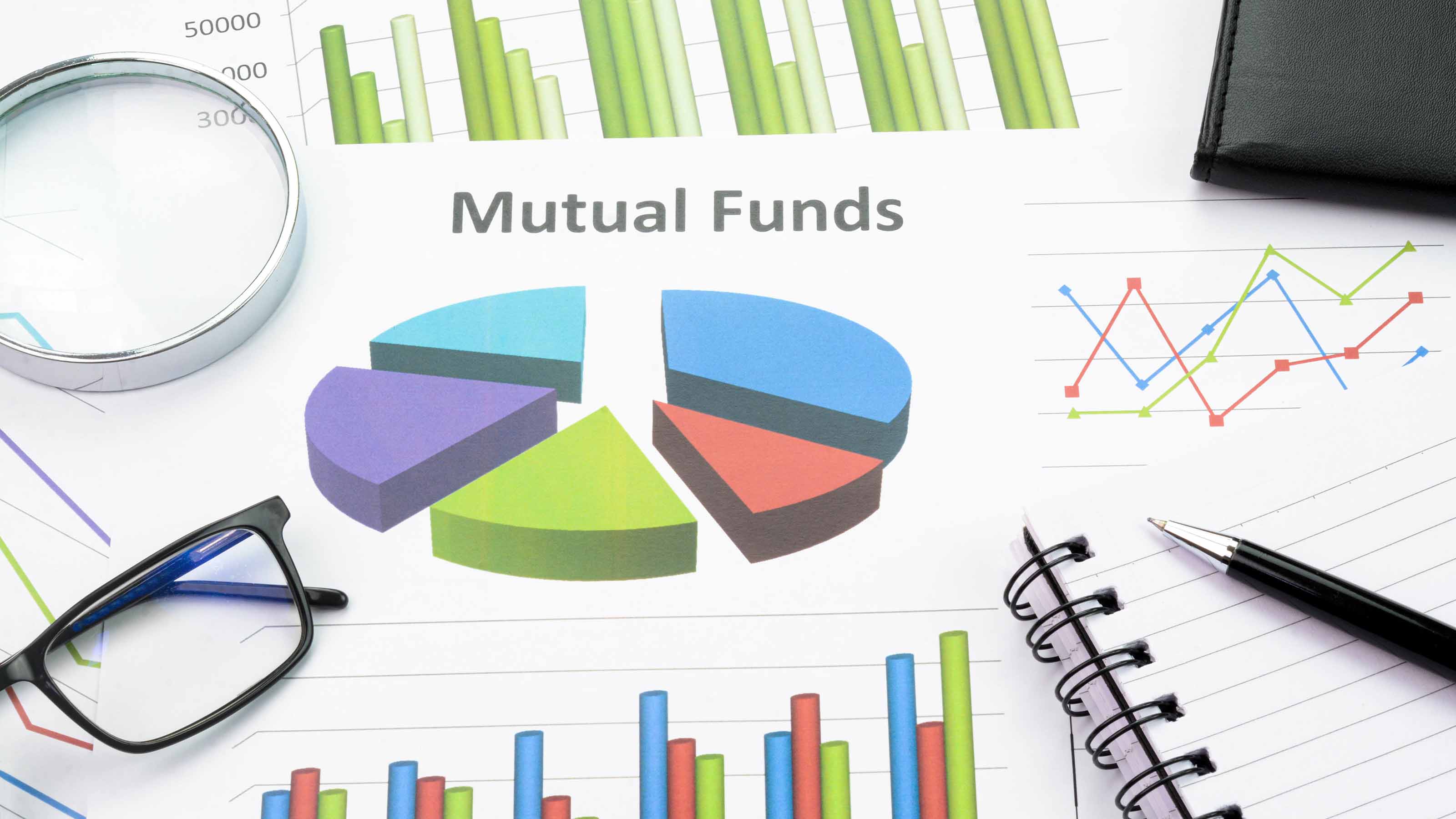Goldberg's Picks for Low-Risk Stock Funds: FPA Crescent
The fourth of Steve’s five favorite low-risk stock funds: This fund has produced top-notch returns with even lower risk than the other picks.

Note: Most investors couldn't care less about beating the market. They want solid returns from funds that will hold up well in awful markets. This is the fourth of five columns on my favorite low-risk stock funds.
Just how good is FPA Crescent (symbol FPACX)? Start with a couple of numbers. From its inception in 1993 through September 19, the fund returned an annualized 10.6% -- an average of 3.1 percentage points better than Standard & Poor’s 500-stock index.
And in recent years, the fund, which has been managed from the outset by Steve Romick, has done even better in relation to the market. Over the past decade, Crescent returned an annualized 9.5%, while the S&P 500 gained 3.7% a year.
From just $107.88 $24.99 for Kiplinger Personal Finance
Become a smarter, better informed investor. Subscribe from just $107.88 $24.99, plus get up to 4 Special Issues

Sign up for Kiplinger’s Free Newsletters
Profit and prosper with the best of expert advice on investing, taxes, retirement, personal finance and more - straight to your e-mail.
Profit and prosper with the best of expert advice - straight to your e-mail.
What makes Romick’s long-term returns even more remarkable is that Crescent usually has only about half of its assets in stocks, and it has never held more than 64% of assets in them (that’s the proportion he has in stocks now). Consequently, the fund gyrates far less than the S&P 500 -- over the past three years, it’s been 37% less volatile than the index. That makes Crescent the least risky fund among those being featured in this series -- and perhaps the best.
Not surprisingly, the fund held up better in the 2007-09 bear market than the rest of my low-risk picks. It lost 27.9%, while the S&P plunged 55.3%. It also performed better than the others during the 2000-02 bear market, when the fund gained a sizzling 35.3% and the S&P 500 surrendered 47.4%.
How does Romick do it? Plastered on the home page of FPA’s Web site are a couple of clues. “We aim to protect capital first and create long-term equity-like returns second,” Romick writes. “We seek genuine bargains rather than relatively attractive securities.” He elaborated recently in an interview with Kiplinger’s Personal Finance executive editor Manny Schiffres: “Our favorite investments are investments where we feel we can’t lose much money.” (See The Eclectic Strategy of a Winning Fund Manager.)
Romick doesn’t skimp on research. Crescent has less than $7 billion in assets, but Romick has seven full-time analysts devoted exclusively to Crescent and two others he shares with other FPA managers. Expenses are 1.13% annually.
Romick pays a lot of attention to the big picture. He’s passionate about the dangers posed by the rising federal debt -- and he isn’t afraid to fire off broadsides about the politicians who he believes foster it. He thinks the U.S. government has set out on a deliberate policy of promoting inflation to reduce the debt.
Romick is currently finding values in the same place that most other smart fund managers are: In stocks of high-quality, mega-capitalization companies that are trading for surprisingly low prices relative to earnings and other measures.
As befits a low-risk fund, Crescent’s biggest sector weightings are in shares of consumer-staple and health care companies. As of June 30, those groups made up 45% of his stocks. He also had 18% of his stock holdings in energy companies.
The fund recently bought Johnson & Johnson (JNJ), about as high-quality a business as you can find. “JNJ’s shares were as cheap as they’d been in 30 years,” Romick says. As for Microsoft (MSFT), he says, “The shares trade at a level that accounts for what Microsoft is earning today, but not what it might earn in the future. If that future growth occurs, the stock should trade higher.”
Big-cap tech, in general, is cheap, Romick says. That’s in marked contrast to the late 1990s, when tech stocks soared far beyond sane valuations. He recently put 5.6% of the fund in a handful of tech giants.
He’s even finding bargains in financial-services stocks. Banks in the S&P 500 trade at about book value (a company’s assets minus its liabilities.) The last time banks were that cheap was during the savings-and-loan crisis more than 20 years ago. “We have begun investing small amounts of capital in select banks and are actively looking for more opportunities,” says Romick.
He’s wary of the bond market. He thinks it’s insane to buy Treasury bonds at today’s low yields and he doesn’t think corporate junk bonds offer enough value. The maturities of all his fixed-income holdings are extremely short, so the bonds’ prices will barely notice if interest rates rise (bond prices and interest rates generally move in the opposite direction).
Romick worries a lot. That means investors in his fund can worry less. Romick is just 48 and is showing no signs of losing his enthusiasm for managing money. That means Crescent is as close as you can get to a buy-and-forget fund.
Note: Come back next week for the the final installment of a five-column series on my favorite low-risk stock funds. Or sign up for an E-mail alert to be notified of all my new columns as soon as they're available.
Steven T. Goldberg (bio) is an investment adviser in the Washington, D.C. area. He owns shares of Johnson & Johnson. Clients own those two stocks as well as Microsoft.
Profit and prosper with the best of Kiplinger's advice on investing, taxes, retirement, personal finance and much more. Delivered daily. Enter your email in the box and click Sign Me Up.

-
 AI Stocks Lead Nasdaq's 398-Point Nosedive: Stock Market Today
AI Stocks Lead Nasdaq's 398-Point Nosedive: Stock Market TodayThe major stock market indexes do not yet reflect the bullish tendencies of sector rotation and broadening participation.
-
 Top Tech Gifts to Grab at Walmart Before Christmas
Top Tech Gifts to Grab at Walmart Before ChristmasBig savings on Apple, Bose, HP, Vizio and more while there's still time to shop.
-
 AI Appliances Aren’t Exciting Buyers…Yet
AI Appliances Aren’t Exciting Buyers…YetThe Kiplinger Letter Artificial intelligence is being embedded into all sorts of appliances. Now sellers need to get customers to care about AI-powered laundry.
-
 The Kiplinger 25: Our Favorite No-Load Mutual Funds
The Kiplinger 25: Our Favorite No-Load Mutual FundsThe Kiplinger 25 The Kiplinger 25 is a list of our top no-load mutual funds that have proven capable of weathering any storm.
-
 Do You Have Gun Stocks in Your Funds?
Do You Have Gun Stocks in Your Funds?ESG Investors looking to make changes amid gun violence can easily divest from gun stocks ... though it's trickier if they own them through funds.
-
 Janus Henderson Global Equity Income Fund (HFQTX) Hangs Tough
Janus Henderson Global Equity Income Fund (HFQTX) Hangs ToughKip 25 A focus on dividend payers and defensive stocks has kept the Janus Henderson Global Equity Income Fund afloat in a rough market.
-
 T. Rowe Price Small-Cap Value (PRSVX) Stands Out
T. Rowe Price Small-Cap Value (PRSVX) Stands OutKip 25 In this turbulent market, value-priced, higher-quality small caps are holding up better than their fast-growing counterparts.
-
 Kiplinger 25 Model Portfolios
Kiplinger 25 Model PortfoliosThe Kiplinger 25 Reach your investment goals with these plans using the Kiplinger 25, our favorite no-load mutual funds.
-
 ESG Gives Russia the Cold Shoulder, Too
ESG Gives Russia the Cold Shoulder, TooESG MSCI jumped on the Russia dogpile this week, reducing the country's ESG government rating to the lowest possible level.
-
 New Leadership at One of Our Funds
New Leadership at One of Our FundsKip 25 Vanguard recently announced that longtime manager Michael Reckmeyer will retire in June.
-
 The Best T. Rowe Price Funds for 401(k) Retirement Savers
The Best T. Rowe Price Funds for 401(k) Retirement SaversKiplinger's Investing Outlook A dozen T. Rowe Price mutual funds enjoy a place among the nation's most popular 401(k) retirement products. Find out which ones are worth your investment dollars.